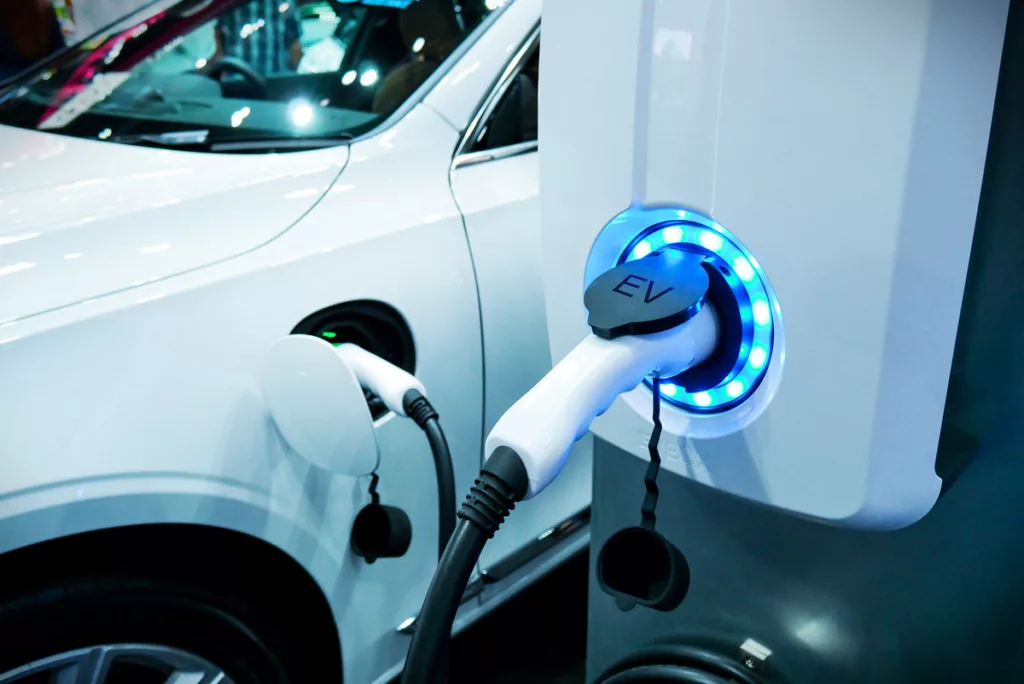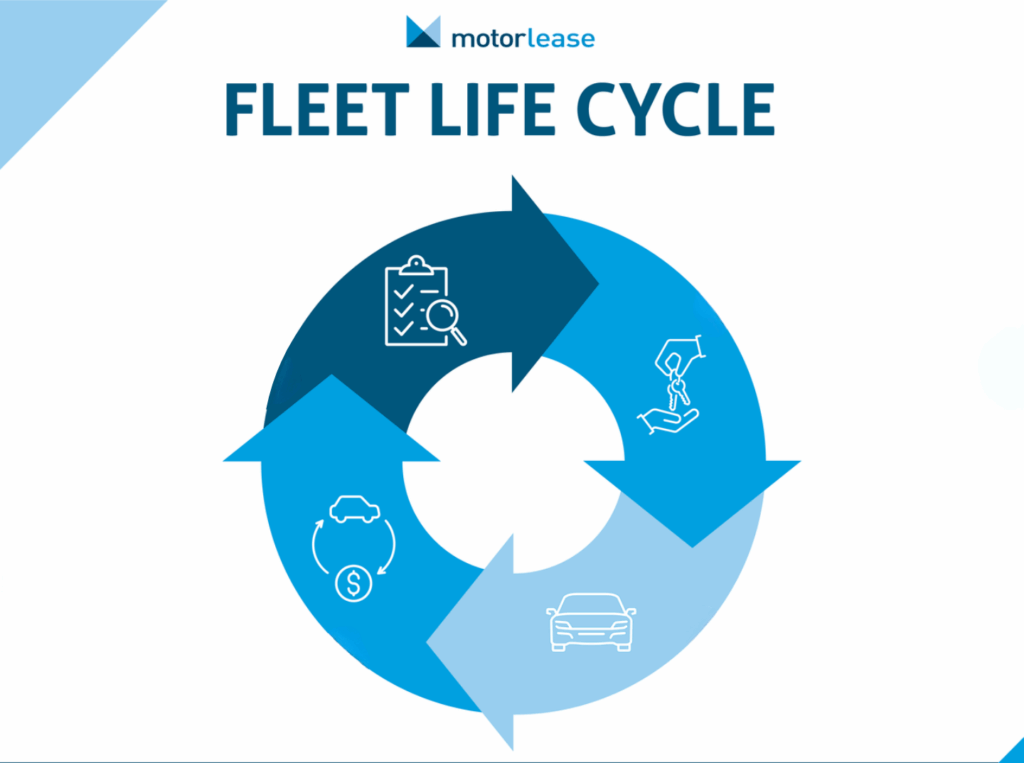The Electric Vehicle (EV) revolution is well underway, and as more drivers make the switch from traditional gasoline-powered engines to fuel-efficient EVs, the infrastructure supporting these vehicles is evolving rapidly to meet the demand. However, the realities of electric vehicle charging can be quite different from what some might expect. In this article, we will explore the key aspects of EV charging, from the convenience of home charging to the challenges presented by existing public charging infrastructures.
In This Article
Home Charging: The Convenience Factor
The Importance of Charging Speed
Public Charging Networks: The Challenges
Home Charging: The Convenience Factor
One of the most significant advantages of owning an electric vehicle is the convenience of home charging. Unlike gas-powered cars that require regular trips to the gas station, EVs can be charged at home. All that is required is a dedicated electric vehicle charger or a standard electrical outlet. Home charging allows you to wake up to a full “tank” every morning, eliminating the need for frequent stops at the gas station and saving you time and money.
A home charging station may be convenient; however, when does the convenience outweigh the negatives?
If you rent your home, a home charger is likely not possible for you. Large apartment complexes are beginning to adopt charging stations, adding it as an amenity for their residents. However, smaller complexes or those renting homes from private landlords will likely not get the opportunity to install a home charging station.
With home charging, you can plug your charger into a standard 120V or 240V outlet (aka: “Level 1” or “Level 2” charging outlet). Home charging typically has low charging speeds, meaning more electricity will be pulled over a long period to charge the vehicle. A Level 1 Charger can take a full day to fully charge the vehicle, while Level 2 has a shorter charging time. However, the total charging length varies widely depending on the type of vehicle.
Installing a Level 2 EV charger in your home often requires the support of a professional electrician. Where the charger is placed depends upon the available space in an electric panel that is free to support the addition of a charger. Additionally, placement depends on where your electric panel is located in relation to where you’d like your charger installed. These factors will be crucial in determining whether you’re looking at a few hundred or a few thousand-dollar electrician fees. Your electric bill will also increase significantly once a home charger is installed, impacting your home’s general cost of living.
The Importance of Charging Speed
When it comes to electric vehicle charging, speed matters.
EV charging speed is usually measured in kilowatts (kW) and can vary significantly depending on the charger’s power rating and the EV’s compatibility. Home chargers typically provide lower charging speeds, often around 7-22 kW, while public fast chargers can offer 50 kW to 350 kW or more. Faster charging can drastically reduce the time needed to recharge your EV, making long road trips more practical. Unfortunately, those higher-powered “super chargers” aren’t located on every corner. Drivers need to strategically plan their trips around charging station locations and hope they are in service when they arrive to plug in.
Public Charging Networks: The Challenges
While home charging is convenient, there will be times when drivers need to charge their EV away from home; this is especially true for fleet vehicles. Public charging networks are essential in such situations, but they come with their own set of challenges:
- Availability: Public charging stations may not always be readily available. This is especially true in areas with limited EV adoption. While infrastructure continues to expand at a rapid pace, the reality is that the United States is not currently at the point where drivers can count on finding available charging stations.
- Compatibility: Not all public chargers are compatible with every EV. Charging connector standards vary; additionally, depending on the make and model of the EV, drivers may need adapters to charge their vehicles.
- Cost: The cost to charge at public charging stations can vary. While some offer free charging, others require subscription-based services; alternatively, some stations charge by the kilowatt-hour. Understanding pricing models is crucial for budget-conscious EV owners.
Range Anxiety: A Real Concern?
“Range anxiety” is a term often used to describe the fear of running out of battery power while driving. While modern EVs have increasingly longer ranges, this concern is still a reality for many potential EV owners. It’s essential for drivers to plan their routes, keeping in mind the charging options available along the way and the vehicle’s range.
Mileage range can be significantly impacted by a vehicle’s real-world range, including elements such as:
- Weather: Depending on the temperature, EVs operating in colder climates can expect to lose as much as 40% of their normal range. To combat this, modern EVs employ “pre-conditioning,” which allows the vehicle to utilize energy from the charger while plugged in to warm up the battery to the proper temperature before departure. This feature dramatically reduces the potential range lost due to climate.
- Payload/Towing: The heavier the vehicle, the more energy the battery needs to propel it. This is an especially significant concern for operators of electric pickup trucks, as they typically carry a load in the bed or tow another vehicle or piece of equipment.
- Driving Style: Another factor impacting range is the driver’s style. Compared to those who drive faster, aggressively accelerating will drain more energy quicker than those who operate more smoothly. Among the other factors, driving style can be coached and corrected via various telemetry platforms that provide real-time feedback to fleet managers.
In conclusion, the reality of electric vehicle charging is a mix of convenience, challenges, and continuous improvements. Home charging offers unprecedented convenience, while public charging networks are becoming more accessible. However, to fully embrace the EV lifestyle, planning for charging needs, considering charging speed, and staying informed about the evolving infrastructure is essential. This is especially true for fleets considering introducing EVs into their portfolio. As the world transitions to cleaner transportation, electric vehicle charging will continue to play a central role in shaping our future on the road.
For more information and support in planning your fleet’s needs or questions regarding converting to electric vehicles, contact our experts, who can advise on best practices and strategies to optimize and drive efficiency.












